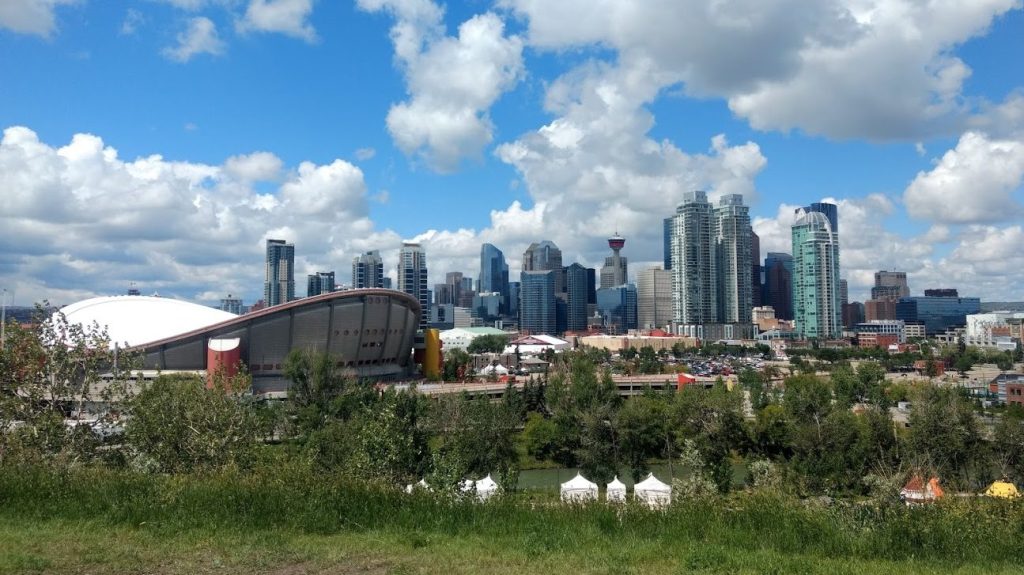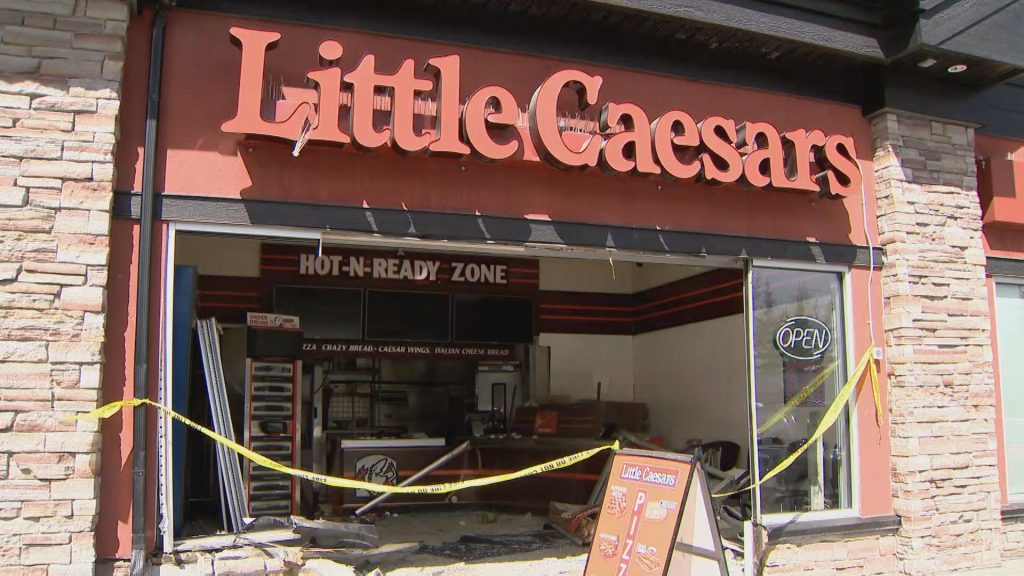New money for flood mitigation as province makes controversial decision
Posted Oct 26, 2015 1:34 pm.
This article is more than 5 years old.
It’s taken more than two years to reach the decision but the province has decided to go ahead with building an off-stream reservoir at Springbank as opposed to damming McLean Creek.
They’ve crunched the numbers and used a third party consultant to determine the pros and cons of both projects and determined there are greater benefits to Springbank.
“On the Elbow River our government will proceed with the Springbank off-stream reservoir and proceed with local mitigation in Bragg Creek and Redwood Meadows, this option will protect everyone involved much quicker,” said Environment Minister Shannon Phillips.
Phillips said several factors were weighed including cost-benefit analyses, environmental impacts and risks, expert opinions and an independent review by the Dutch research firm Deltares.
According to their data, several factors she explained made Springbank the better decision.
One is cost, the McLean Creek project has an estimated cost of $343,561,000 while the Springbank project came in around $263,668,000.
Another is time to deliver, McLean Creek carries with it a risk of catastrophic failure during the construction phase.
Phillips says there was also the environmental factor, the McLean Creek dam involves loss of habitat and creates barriers to grizzly bear and bull trout movement which are federally listed as endangered species.
“Not only that, but the scale of the McLean Creek project would trigger more extensive environmental assessment processes meaning the people of Bragg Creek and Redwood Meadows would wait longer for flood protection,” she said. “The region around McLean Creek also holds great social and recreational values and those opportunities and those jobs would be negatively affected. We also considered location as that plays a great role in how effective a project will be at flood mitigation.”
Those in Bragg Creek had been hoping for something further upstream like McLean Creek and the province acknowledged that in it’s report, as a result the government is planning on providing $33 million to local mitigation projects and additional funding for Redwood Meadows.
The Environment Minister says because Springbank is further down the river it has a larger catchment area.
“Springbank has a simpler design and requires less work in the regulatory process than other options.”
Phillips also took the time to announce the creation of the Bow River Working Group, compromised of members from the city of Calgary and other communities along the Bow.
She says the working group will assess and prioritize water storage options along the watershed.
“Even though upstream storage is important, local mitigation provides a critical last line of defence, that is why the city of Calgary will receive dedicated funding of $150-million over 10 years through the community resilience program for local flood mitigation.”
It was revealed five new studies will be undertaken to produce flood hazard maps for the Bow, Elbow, Sheep, Highwood and Peace rivers.
Phillips quickly took credit for the decision made by the new NDP government suggesting the previous PC government had stalled it unnecessarily.
She also said it’s projects like these that will help give Albertans certainty and alleviate any concerns they may have in the region.
The Environment Minister however stopped short of discussing the concerns and public opposition shown to the Springbank project, particularly with the 19 homes this decision will affect.
“We will work with them as we go through the environmental assessment process, one of the things that we had the Deltares research report examine was the possibility of a flood and compensate model which means that it reduces our land acquisition, reduces our footprint of the initiative considerably and we will work together with Rockyview County and all the landowners affected.”
According to Phillips and Calgary Mayor Naheed Nenshi, the reservoir will work in conjunction with the Glenmore Reservoir in the city.
There’s no word yet on what they have planned for High River, if anything. When asked the Environment Minister replied they’ll have more announcements after the budget.
Best case scenario is that it’ll be three years before the infrastructure at Springbank is even operational.
The private property they’re looking at is approximately 3,600 acres and the $263 million price tag includes $40 million to acquire the land.
Studies undertaken by the province have told them the land is approximately worth $40 million as it’s currently zoned agricultural.
The design being undertaken will also focus on mitigating something similar to a 2013 flood-like event.
There’s no word yet on a timeline, an environmental impact assessment will still have to be undertaken and negotiations will have to be begin with landowners.
PC MLA Rick Fraser said while the Springbank option is the best one, he takes exception to the fact that Phillips said the former PC government was ‘dilly-dallying’ on the subject.
“A lot of the heavy lifting was done. We indicated last year in our government under Premier Prentice that we were going to go ahead with the Springbank dam and there was some work to be done and some conversations we needed to have with the communities,” Fraser told media Monday morning.
“Surprise, surprise, this government thinks that after five months of consultation (they came up with a solution).”
Brenda Leeds-Binder with the Calgary River Communities Action Group said this is not a case of the government picking favorites of who should be protected by flood mitigation projects.
“That is not what’s happening, in my estimation,” Leeds-Binder said. “This government arrived at the exact same conclusion that the previous government came and announced a year ago. It’s unfortunate that we have not seen more progress in the past year, but due to the turnover in government, I think that’s understandable.”
Rob Nieuwesteeg with the same group added this is not a case of cities against smaller communities.
“I take exception to the comment that it’s urban versus rural dynamic here. I think they made the evident decision on the best evidence available, and I think the landowners out there will probably be fairly compensated,” Nieuwesteed said.
One proponent of the McLean Creek option, and Bragg Creek resident Dick Koetsier said the government is making a big mistake.
“Obviously, I’m very disappointed our government has made this choice. It’s very unfortunate that they couldn’t take the money and invest it upstream of Bragg Creek and protect Bragg Creek,” Koetsier said.
“I understand that they’re promising to fund local mitigation in Bragg Creek, which is going to probably cost substantially more than $6.1-million that they’ve budgeted for. At this point, I’m very much defeated.”
Liberal leader Dr. David Swann said he doesn’t believe the timeline of three years put forward by Shannon Phillips is unrealistic.
“I’m also not at all clear that this will move ahead very quickly, as the minister has said that it’s the quickest option,” Swann said. “It depends on whether there are lawsuits and whether the government is taken to court over these decisions. This could drag out for years.”










